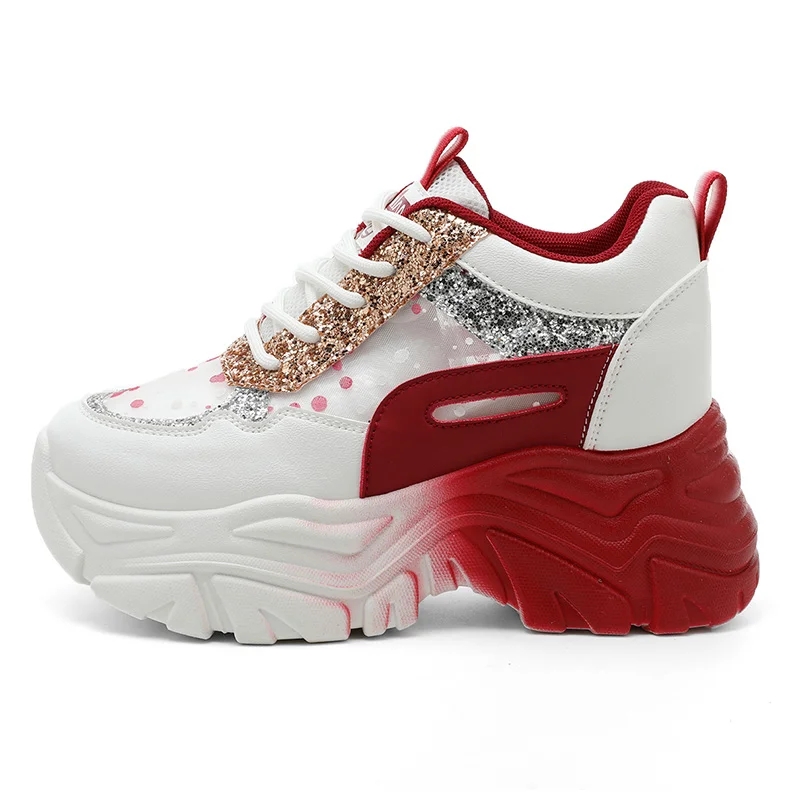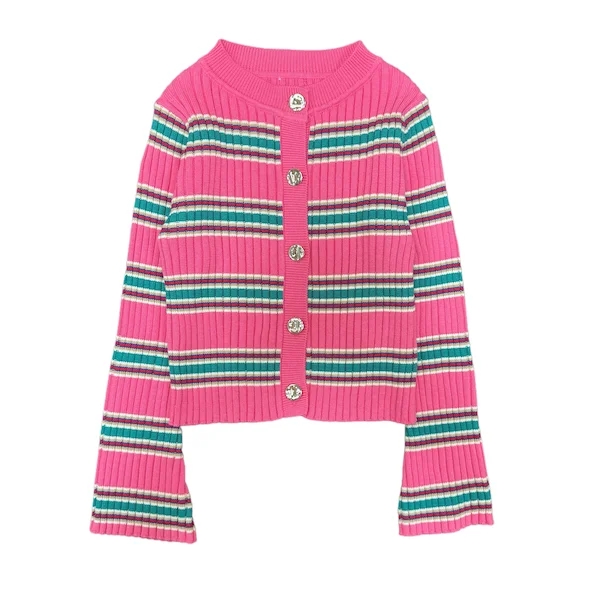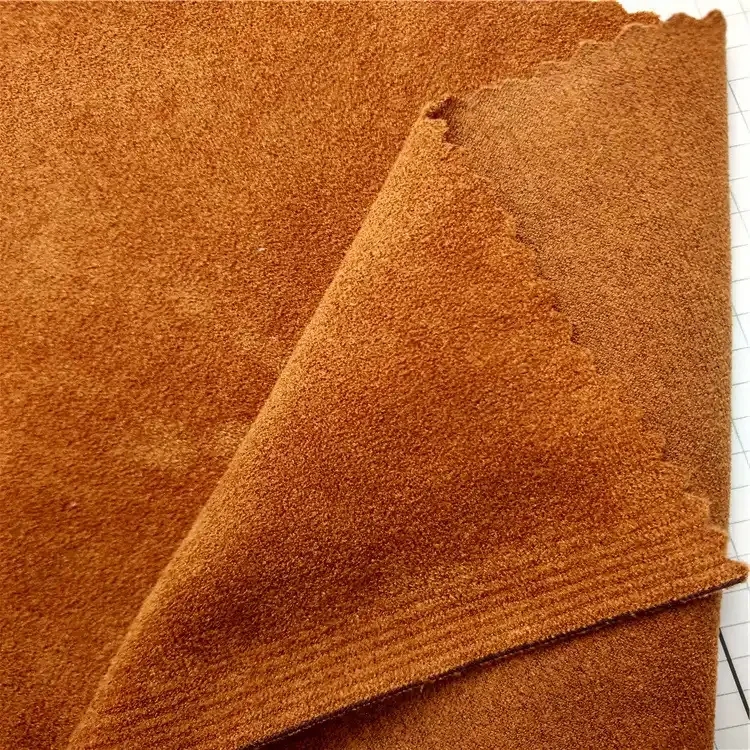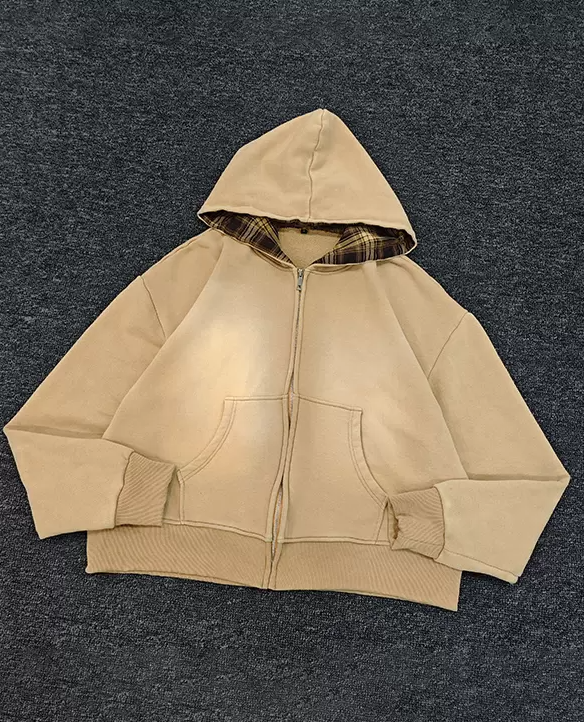Cotton vs. Microfiber: The Ultimate Fabric Showdown for Comfort and Performance
When it comes to choosing the right fabric for your home textiles, clothing, or bedding, the debate between 100% cotton and microfiber often arises. Each material has its own unique properties, advantages, and disadvantages, making the decision a nuanced one. This article delves into the characteristics of both fabrics, exploring their performance, comfort, maintenance, and environmental impact to help you make an informed choice.
Understanding the Basics: Cotton and Microfiber
100% Cotton
Cotton is a natural fiber derived from the cotton plant. Known for its softness, breathability, and hypoallergenic properties, cotton has been a staple in textiles for centuries. It is widely used in clothing, bed linens, towels, and more. Cotton fibers are known for their ability to absorb moisture, making them comfortable to wear and sleep on, especially in warmer climates.
Microfiber
Microfiber, on the other hand, is a synthetic fiber made from polyester and polyamide. The fibers are extremely fine, often measuring less than one denier, which is significantly thinner than a human hair. This unique structure gives microfiber its characteristic softness and durability. Microfiber is commonly used in cleaning products, athletic wear, and bedding due to its moisture-wicking properties and resistance to stains.
Comfort and Feel: Which is Superior?
When it comes to comfort, 100% cotton is often favored for its natural softness and breathability. Cotton allows air to circulate, which helps regulate body temperature, making it an excellent choice for bedding and summer clothing. Additionally, cotton is less likely to irritate sensitive skin, making it a preferred option for those with allergies or skin conditions.
Microfiber, while soft and smooth, can sometimes feel less breathable than cotton. Its moisture-wicking properties make it a great choice for activewear, but it may not provide the same level of comfort for lounging or sleeping. Some users report that microfiber can trap heat, leading to discomfort during warmer nights.
Durability and Maintenance: A Practical Perspective
In terms of durability, microfiber has the upper hand. Its synthetic fibers are resistant to wear and tear, making microfiber products last longer than their cotton counterparts. Microfiber is also less prone to fading and shrinking, which can be a concern with 100% cotton items after multiple washes.
When it comes to maintenance, microfiber is generally easier to care for. It dries quickly and is less likely to wrinkle, making it a low-maintenance option for busy households. Cotton, while durable, often requires more careful washing and drying to maintain its shape and softness. It is also more susceptible to staining, as it absorbs liquids more readily than microfiber.
Environmental Impact: Natural vs. Synthetic
The environmental impact of cotton and microfiber is a critical consideration for eco-conscious consumers. Cotton is a renewable resource, but its cultivation can be resource-intensive, requiring significant amounts of water and pesticides. Organic cotton offers a more sustainable alternative, as it is grown without harmful chemicals and uses less water.
Microfiber, while durable, poses environmental challenges as well. The production of synthetic fibers is energy-intensive, and microfiber products can contribute to microplastic pollution when washed. These tiny fibers can enter waterways and harm marine life. Some brands are now producing eco-friendly microfiber made from recycled materials, which can mitigate some of these concerns.
Conclusion: Making the Right Choice for You
Ultimately, the choice between 100% cotton and microfiber depends on your specific needs and preferences. If you prioritize natural comfort, breathability, and hypoallergenic properties, 100% cotton may be the better option for you. However, if durability, low maintenance, and moisture-wicking capabilities are more important, microfiber could be the way to go.






